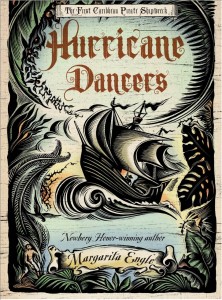In the past, when I have worked with middle and high school students on writing, I have noticed that many of them write in the same manner that they speak. My intention for my podcast was to draw attention to the extra words that we use when talking that are not necessary in a piece of writing. In order to make this aural distinction, I told a story with my friend and occasionally interrupted the action to rephrase sentences that we had said.
I wanted the final product to be a mix of a literacy lesson and an excerpt from the radio show This American Life. However, once I embarked on this task I realized that I definitely am no Ira Glass and need to word on my sound editing skills. I think that the content and length of the story may have overpowered the conveyance of the literacy skills. Although this particular podcast may not adequately serve classroom needs, I think that grabbing the student’s attention with an entertaining podcast would be a quick and effective way of introducing a lesson.
An Oxford Adventure and Literacy Lesson

Cornmarket St, Oxford - where the story takes place.


